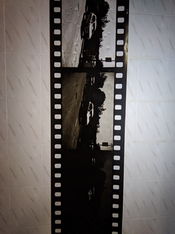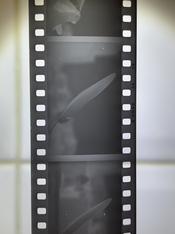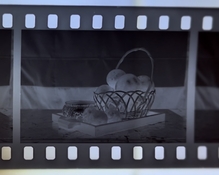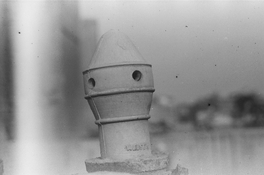I have a Kodak LPD4 - it's interesting for a toy. I did a test to determine the sensitivity and condition of the film (expired in 1995) - it doesn't seem to have deteriorated noticeably. Its range is extremely narrow. For this reason, dynamic scenes cannot be captured unless the dark or light part is "sacrificed". I would shoot it at 0.8 / 1.5 / 3 ISO for each scene.
I processed the first test in D96 together with a 5222 - it was really strange to take a negative and a slide out of the Jobo
This happens with one stop difference - there is simply no room for error...
I processed the first test in D96 together with a 5222 - it was really strange to take a negative and a slide out of the Jobo

This happens with one stop difference - there is simply no room for error...





















